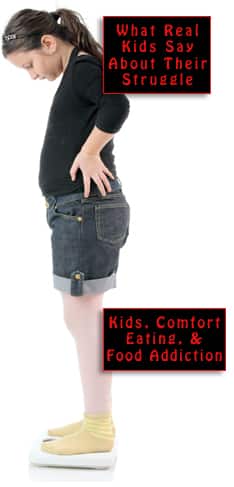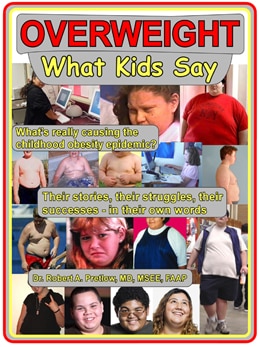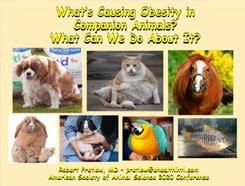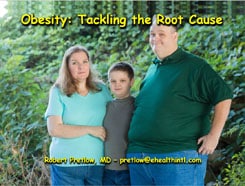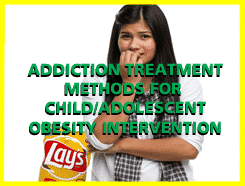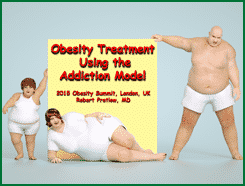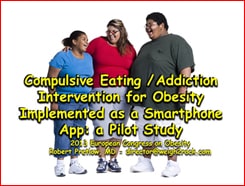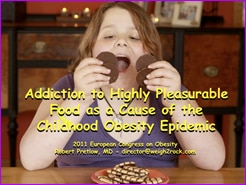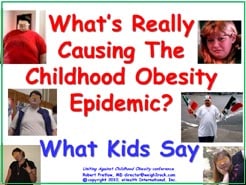Coronavirus Chronicles — Children and Second-Order Consequences

The coronavirus pandemic has pervasive knock-on effects for children who never personally contract the illness. Restrictions and justifiable fears have kept the youngest generation away from their schools, their team sports, their violin lessons, their routine vaccinations and wellness visits, and innumerable other activities that we used to think of as normal. Kids are missing out on significant family events like weddings, and important youth occasions like proms, recitals, performances, and field trips.
Home, bitter home
The concerned public hears plenty about those deprivations, but not so much about the mundane and ongoing misery of parents who are overwhelmed by having their kids around All. The. Time. They have to invent things for their offspring to do, and teach them at home, and figure out how to operate the technology to make it happen. They have to explain why Uncle Charlie scoffs at the safety rules, and why people need to mask and distance, even if so-called friends mock them for taking health precautions.
Parents who never expected to be called upon for full-time childcare have been drafted into service, because the other partner is the one who can get a job, or is required to self-quarantine, or is actually sick and hospitalized. Then, there are the parents who got over a case of the virus and test negative, but who are still trying to convalesce from a serious illness that in some cases lasts far beyond its advertised shelf life.
Parents may be rendered incapable
We have discussed the extensive list of physical problems that adult patients may suffer for months and possibly years after their alleged recovery. Craig Spencer, an expert in global health emergency medicine, told the press,
What people need to know is the pandemic’s toll is likely much higher than we are imagining… There will be people living with the impact of COVID long after the pandemic is over.
Dayna McCarthy, an expert in rehabilitation medicine, added,
My goodness, the economic implications of this. You’re talking a huge number of 20-to-40-year-olds — our workforce — who now can’t work.
What other characteristic is shared by a huge number of people between 20 and 40? They are parents. If Mom has to recover from gall bladder surgery, she can maybe send one or two children to a neighbor’s. Better yet, ask Grandma to visit for a week. But the virus is a whole different scenario, a real mess. What neighbor wants to take the risk? And bringing an elderly person into contact with an active case is to absolutely be avoided.
And then, what if Mom or Dad turns out to have Post-Acute Sequelae of SARS-CoV-2, or PASC? Journalist Meghan O’Rourke interviewed a 38-year-old doctor who was said to have recovered from a supposedly mild case. But soon Jessica Cohen found herself back in the emergency room as a patient. The consensus emerged that she might have been weakened from a week in bed, so she resolved to push herself a little harder. She collapsed walking up a flight of stairs, and other scary things happened. O’Rourke writes,
One day she walked four blocks with her daughter to the store, where her heart began racing so fast that she had to sit down on the sidewalk until her husband came to pick them up.
Imagine being that child. Parents are the pillars that hold up the world. To see a parent struck down is to experience primal terror. What if a woman can’t afford a cell phone for such occasions? What if a child is too young to even realize that something is wrong? After all, Mama sits on the floor at home, it’s no big deal. Imagine being that mother, watching a two-year-old wander off down the street because you are too weak to get back on your feet.
Another interviewee “occasionally relies on her husband to carry her up the front steps to their home.” How could someone fulfill parent duties in this condition? Describing her long-term alleged recovery, that patient said,
I don’t need the wheelchair in the house… I am making progress. But the progress is not that I can walk two miles instead of one. It’s that I can walk for 20 seconds across a room.
Your responses and feedback are welcome!
Source: “Unlocking the Mysteries of Long COVID,” TheAtlantic.com, 03/08/21
Image by Nick and Dana Blizzard/CC BY-ND 2.0










 FAQs and Media Requests:
FAQs and Media Requests: 